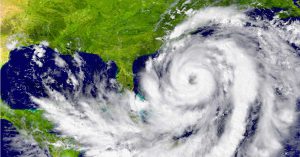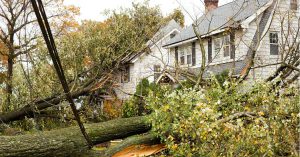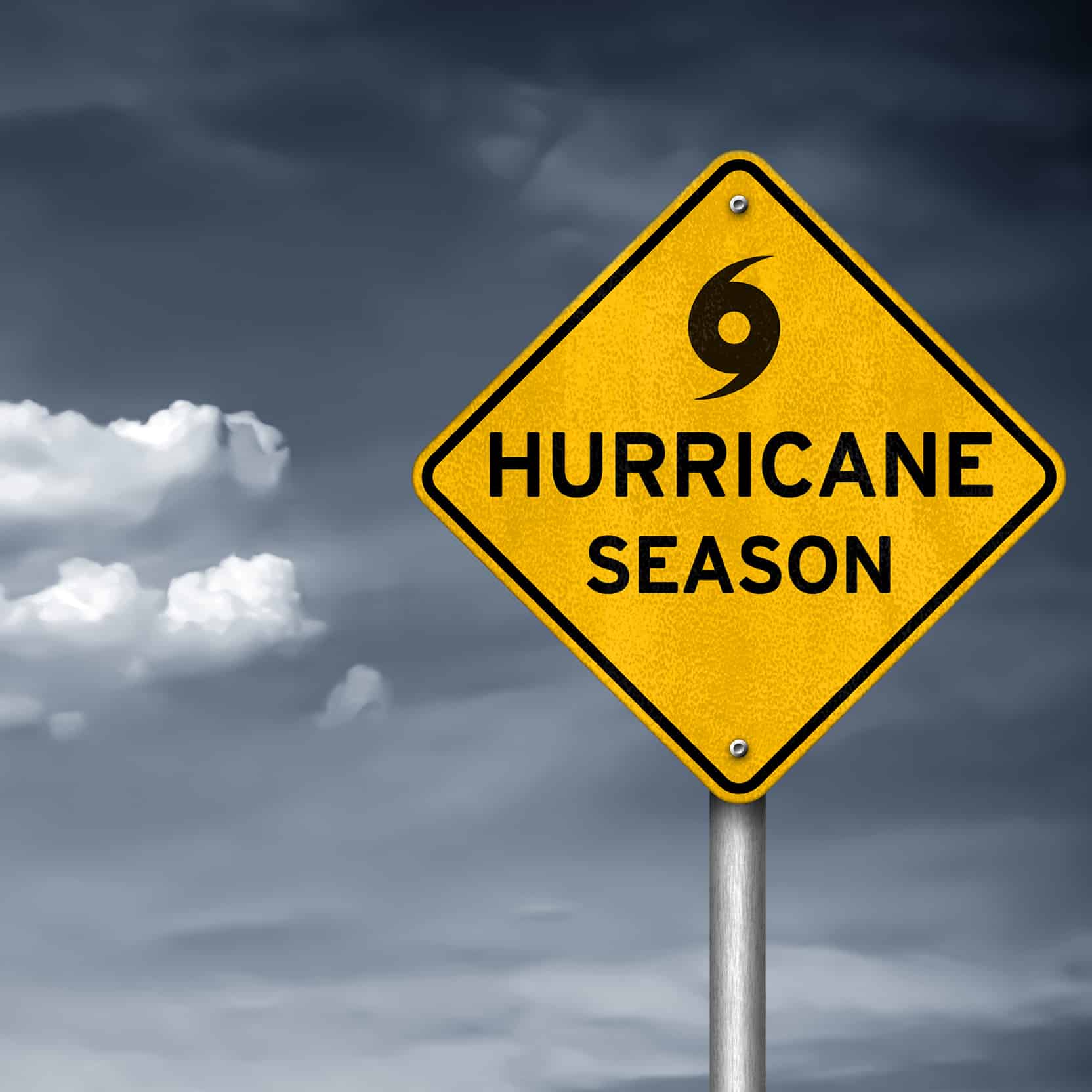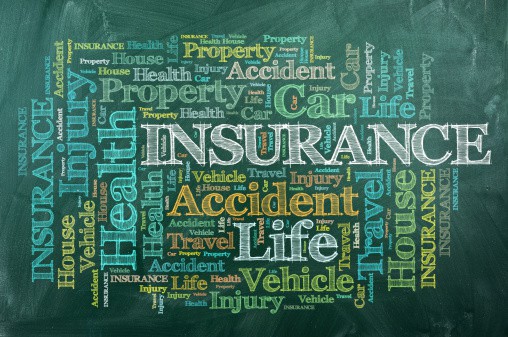
Last Updated on October 6, 2022
If you’ve ever heard a summer weather forecast – sunny, highs in the mid-80s, chance of late afternoon thundershowers – you might decide that it’s not too hard to be a meteorologist.
But when it comes to predicting hurricanes, the process is highly scientific, utilizing analog data, statistical models, atmospheric conditions and ocean temperatures.
 According to the pros, Hurricane Season 2016 might be a big one.
According to the pros, Hurricane Season 2016 might be a big one.
Each year, Duke Energy professionals study historical data and weather conditions to help crews prepare for potential power outages and destruction. Duke Energy meteorologists Max Thompson and Stanton Lanham predict that 2016 could bring 17 named storms, including eight hurricanes, with three of them major.
That’s because warmer-than-average ocean temperatures in the Central Atlantic, caused by El Niño, are transitioning into cooler ocean temps with upper-level winds.
If that happens, 2016 would be the most active storm season since 2012 – the year Superstorm Sandy (no, it wasn’t even a hurricane) destroyed the East Coast – and potentially as damaging as 2005, when Hurricane Wilma hit Mexico and Florida and Hurricane Katrina devastated New Orleans.
So while the power company, emergency responders and municipal officials can plan, drill and equip for the worst, what can you do as a consumer and home owner?
“As much as science helps set the stage, hurricanes can be unpredictable when it comes to direction and timing,” said Robin Price, president of Allen Tate Insurance. “And the minute a hurricane is on the radar, it’s too late to get hurricane insurance.”
A classic example of hurricane unpredictability was Hugo, who stormed the Carolinas in 1989. It weakened to a Category 2, picked up strength and hit Charleston as a Category 4 with 140 mph winds and then hit Charlotte six hours later with winds of 54 mph and gusts up to 87 mph.
Insurance companies restrict binding new coverage when a hurricane is sighted – even for inland property where the likelihood of landfall is slim.
 So what does restricted binding mean to you as a consumer?
So what does restricted binding mean to you as a consumer?
If you are a current homeowner, and your home is hit by a hurricane, you are most likely insured for the typical coverage perils: wind, hail, lightning and fire. But you only have flood coverage if you have a separate policy that specifically covers flooding, and you can’t get that once a hurricane or flood has been forecasted.
If you are trying to close on a home and you need insurance coverage, your closing could be delayed. If there is a storm in your area and you have not already confirmed insurance coverage is in place, you will not be able to obtain coverage until the storm has passed and your carrier is able to bind coverage again.
If you’re trying to purchase a new vehicle, you cannot purchase physical damage coverage, also known as comprehensive and collision coverage, when your insurance carrier is unable to bind coverage.
“Hopefully, you are reading this when no storms have been forecasted. That gives you a chance to contact your insurance carrier ASAP and make sure you have proper coverages in place,” said Price.
Also – don’t be fooled that hurricanes only happen in the summer.
“The ‘official’ season actually runs from June 1 to November 30. We predict that’s about half of the year, and too long to leave the possibility of storm damage and destruction of your home and property to chance,” said Price.



